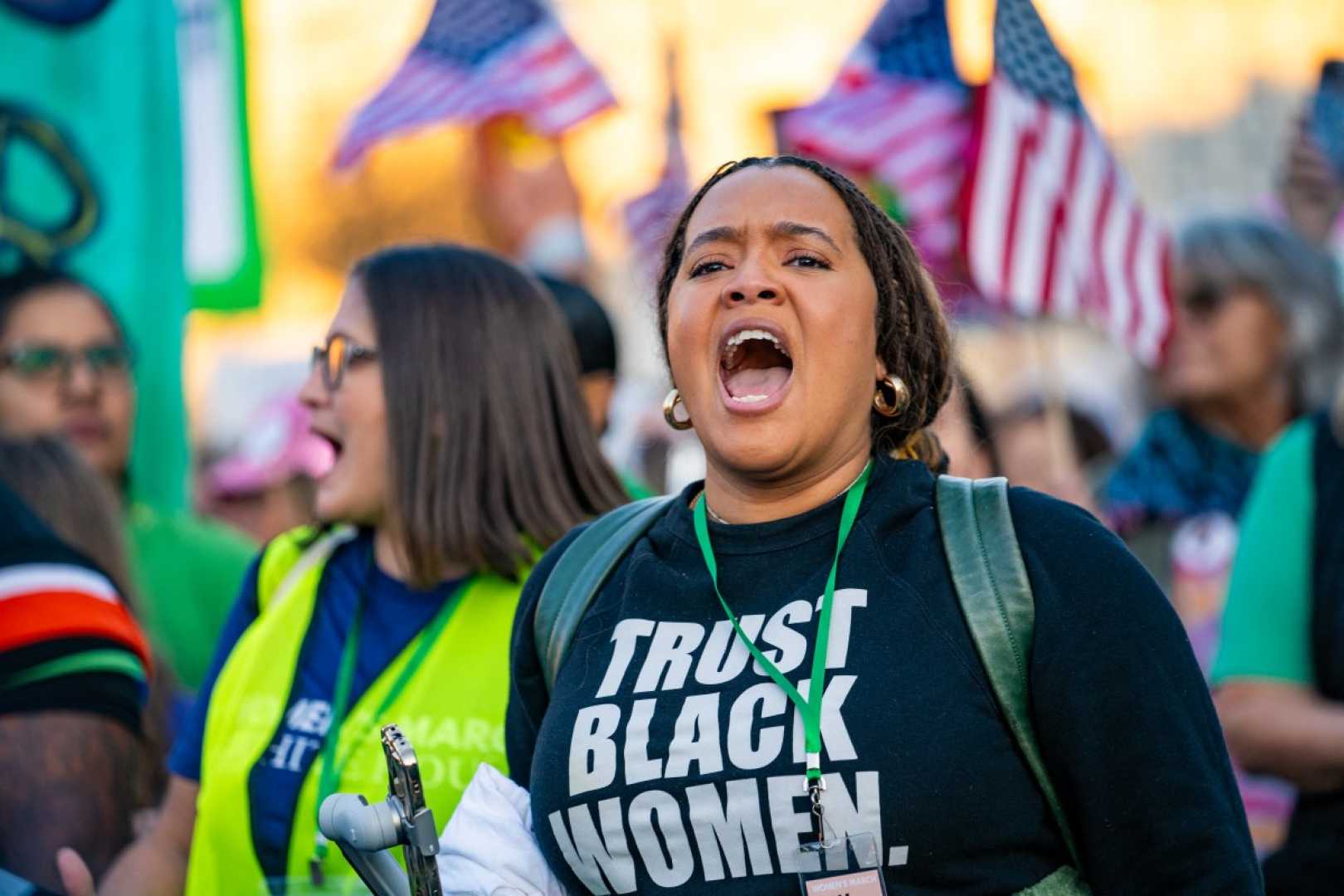Politics
Women’s March Founder Reflects as Movement Faces Uncertain Future

JOSHUA TREE, Calif. — As protesters gather in Washington, D.C., for this year’s Women's March, Vanessa Wruble, one of its founders, will be 2,500 miles away at her farm in the California desert. “I didn’t even know it was still a thing,” Wruble told the BBC from her five-acre animal sanctuary near Joshua Tree, home to zebras, mini cows, horses, peacocks, and chickens.
Eight years ago, Wruble was consumed by the movement. In the aftermath of Donald Trump‘s surprise 2016 victory over Hillary Clinton, she and a handful of other activists scrambled to organize a mass protest. “We basically did not stop, we did not sleep,” Wruble said. “It felt like we were doing something important.”
The January 2017 march became the largest single-day protest in U.S. history, drawing an estimated 500,000 people to Washington and millions more to sister marches nationwide. The Women’s March organization became the most visible arm of the “resistance,” a coalition of progressive groups, never-Trump Republicans, and Democratic leaders opposing Trump’s agenda.
However, after Trump’s decisive win against Vice President Kamala Harris in November, much of the movement’s energy has dwindled. Activists and Democrats are grappling with the reality that millions of women voted for Trump, raising questions about the resistance’s failures and future.
The first march transformed from disconnected Facebook posts into a national movement within weeks. By January 21, 2017, hundreds of thousands poured into Washington, with crowds nearly triple the size of Trump’s inauguration. Protesters carried signs and wore pink “pussyhats,” referencing Trump’s infamous Access Hollywood tape.
“I had never seen anything this crowded, you could barely move,” said Sharon Baseman, a Democratic activist from Michigan who attended the 2017 march. “It was overwhelming and inspiring.”
In the years that followed, the Women’s March became a symbol of opposition to Trump’s agenda, helping Democrats retake the White House in 2020. Activists mobilized for other causes, including #MeToo, gun control, and racial justice protests following George Floyd’s killing.
Dana Fisher, a sociology professor at American University, said the 2017 march activated many left-leaning individuals who had never engaged politically before. “People got the sense that they weren’t alone,” Fisher said.
This year’s event, rebranded as the People’s March, is co-hosted with progressive organizations like Planned Parenthood and the Sierra Club. Organizers expect around 50,000 attendees, a fraction of the 2017 turnout.
Tamika Middleton, managing director of the Women’s March, said the focus is on building a coalition. “We’re seeing attacks on women, on reproductive rights, on LGBTQ folks… and we’re realizing that we really have to build some coordination across the movement,” she said.
Despite the march’s diminished scale, some supporters remain hopeful. Rebecca Gau, a 53-year-old Arizona nonprofit director, said the march is a way to show that not all women support Trump. However, she acknowledged it won’t sway those who voted for him.
For Wruble, the movement’s future lies in reassessing strategies. “We need to look at what we’re doing and reassess how we go about doing it,” she said. Meanwhile, she focuses on her farm, Kaleidoscope Desert, far from the political fray.












